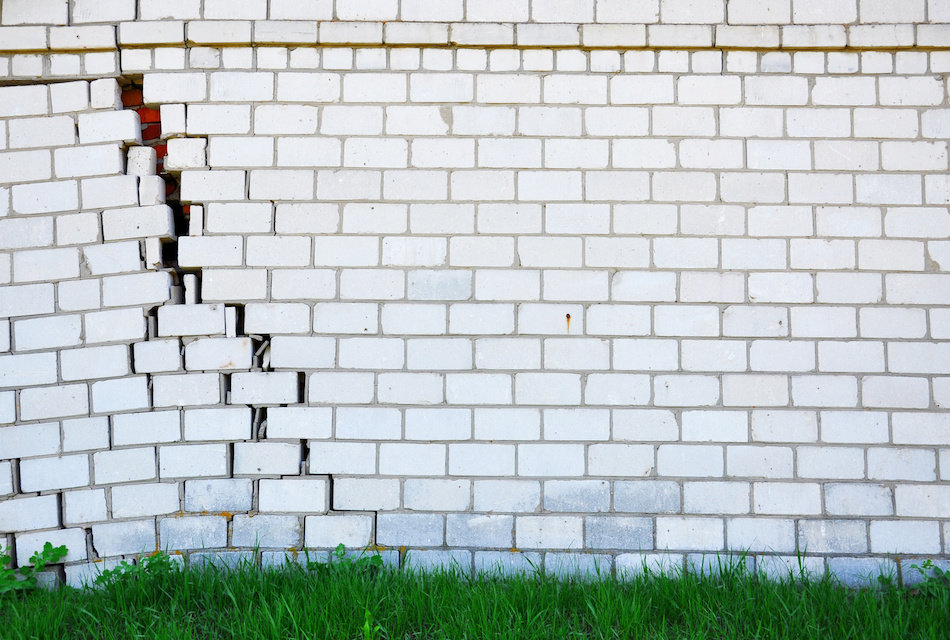What You Can Do About Foundation Damage
Posted by Justin Havre on Friday, July 6th, 2018 at 8:30am.
 As the ground shifts and the house settles, it will inevitably put enough stress on the foundation to fracture it. Foundation damage is inevitable in homes of a certain age, but it can nevertheless still feel like a shock to homeowners when it's discovered. That's why it's crucial for homeowners to understand the mechanisms and the nuances of the base of their home—so they can repair it as soon as possible.
As the ground shifts and the house settles, it will inevitably put enough stress on the foundation to fracture it. Foundation damage is inevitable in homes of a certain age, but it can nevertheless still feel like a shock to homeowners when it's discovered. That's why it's crucial for homeowners to understand the mechanisms and the nuances of the base of their home—so they can repair it as soon as possible.
Signs of Distress
The home will show signs to a homeowner whether they see it or not, and sometimes those signs can be small. The original warning sign could be as simple as a door or a window sticking just a little or a small puddle that pools near the supports of the home. Because the supports are usually located in the basement, these puddles may form and then disappear before they're even seen by a homeowner. Doing short inspections every few months may not allow a homeowner to catch everything, but it can certainly help raise general awareness once they understand what they're looking for.
The Cracks in the Walls
Thankfully, not every crack in the wall should alarm homeowners that their foundation is on its last legs, but these are usually the most important warnings. Hairline cracks are not only common, they're also not necessarily a cause for concern. Larger cracks that look like stairs, 45° angles, or horizontal lines generally indicate the soil is raising and falling in strange patterns. As the soil moves, the foundation walls will move along with. People in colder climates will typically see this more often because their foundation footing will start to expand as the soil freezes and then shrink back as it melts. This type of constant ebb and flow will leave behind cracks if the homeowner knows where to look.
Repairing the Cracks
Concrete waterproof paint is an excellent way to both maintain the home's cohesion as well as determine the cause of the crack. Once the crack is repaired, all a homeowner has to do is pay attention to the area. If the crack comes back after a few weeks or months, then there's trouble with the foundation. This advice can be used on practically all cracks in the home, regardless of shape. While DIY foundation repair is possible, this is only the case in the event of very minor repairs and damage—Most homeowners are usually better off calling a professional. Failing to take action makes the house vulnerable to anything from water damage to rodent infestations.
Paying the Price
The cost to repair foundations range is based on the condition of the home, the location, and the extent of the damage. Some contractors will charge $2,000 to draw up a set of plans, as foundation repair is an extensive and technical process. But a new foundation can run a homeowner up to $40,000, so there really isn't a lot of room for debate when it comes to making the right decision. Fortunately, because modern construction technology has advanced in recent years, a reputable contractor may be able to give homeowners the solution they need to ensure their foundation is unlikely to be damaged again!
Repairing a foundation is an investment in the future of the home, and a smart move for homeowners who care about their resale value. While it's true that foundation damage can take many (many) years to become severe, it's worth it for Jumping Pound Ridge homeowners to keep an eye out for it before it turns into a real problem.
